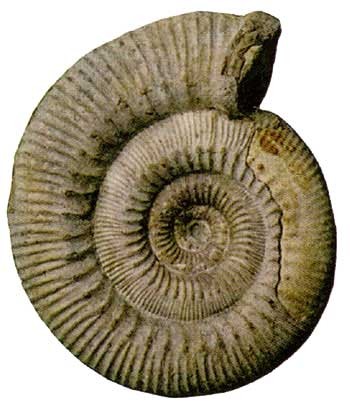Event JSON
{
"id": "52220ca5df722bd3edb03dd4232003db19b092cec94e018b83a12e8a04b9869f",
"pubkey": "41b3819b956756c741006480ec601ca0185e9d48c7b6b52481d89b932e474933",
"created_at": 1709462274,
"kind": 1,
"tags": [
[
"p",
"ad951bfdf8f75f9c42aa74da8322bff38accbe325b7e8a9eec916226ac0ac24a",
"wss://relay.mostr.pub"
],
[
"p",
"dfd7b128bbb1222873eca016c1411fa7037a2d3b71dc0bf736480db54d3a61c3",
"wss://relay.mostr.pub"
],
[
"e",
"63ed6a7fab0526dd77e8e732bbd27c2a75abee482dcd8303f5eb7d49a50fecea",
"wss://relay.mostr.pub",
"reply"
],
[
"t",
"fossil"
],
[
"t",
"ammonite"
],
[
"t",
"stephanoceras"
],
[
"proxy",
"https://universeodon.com/users/sapiens/statuses/112031319622339264",
"activitypub"
]
],
"content": "nostr:npub14k23hl0c7a0ecs42wndgxg4l7w9ve03jtdlg48hvj93zdtq2cf9q3ted68 It looks like a Stephanoceras from the midJurassic (Bajocian). The location you mention (Whitby), is whitin the Jurassic area on the British Geological Survey: https://www.bgs.ac.uk/discovering-geology/fossils-and-geological-time/ammonites/ . I enclose images taken from their site.\n\nWikipedia page for the Stephanocras: https://en.wikipedia.org/wiki/Stephanoceras\n\n#fossil #ammonite #stephanoceras\n\nhttps://media.universeodon.com/media_attachments/files/112/031/308/842/607/533/original/2f99116f97321a9f.jpg\n\nhttps://media.universeodon.com/media_attachments/files/112/031/311/701/163/681/original/27b1ead1ec28eb3e.jpg",
"sig": "569cf0b1da8e07e5b6c450b42f7f037877f5c647167c50c15dc865ca3ca70fc5d8bd52f6b70e08b1e762823ad61f60146374949b35b4e79309646e38ea8fd2b3"
}



